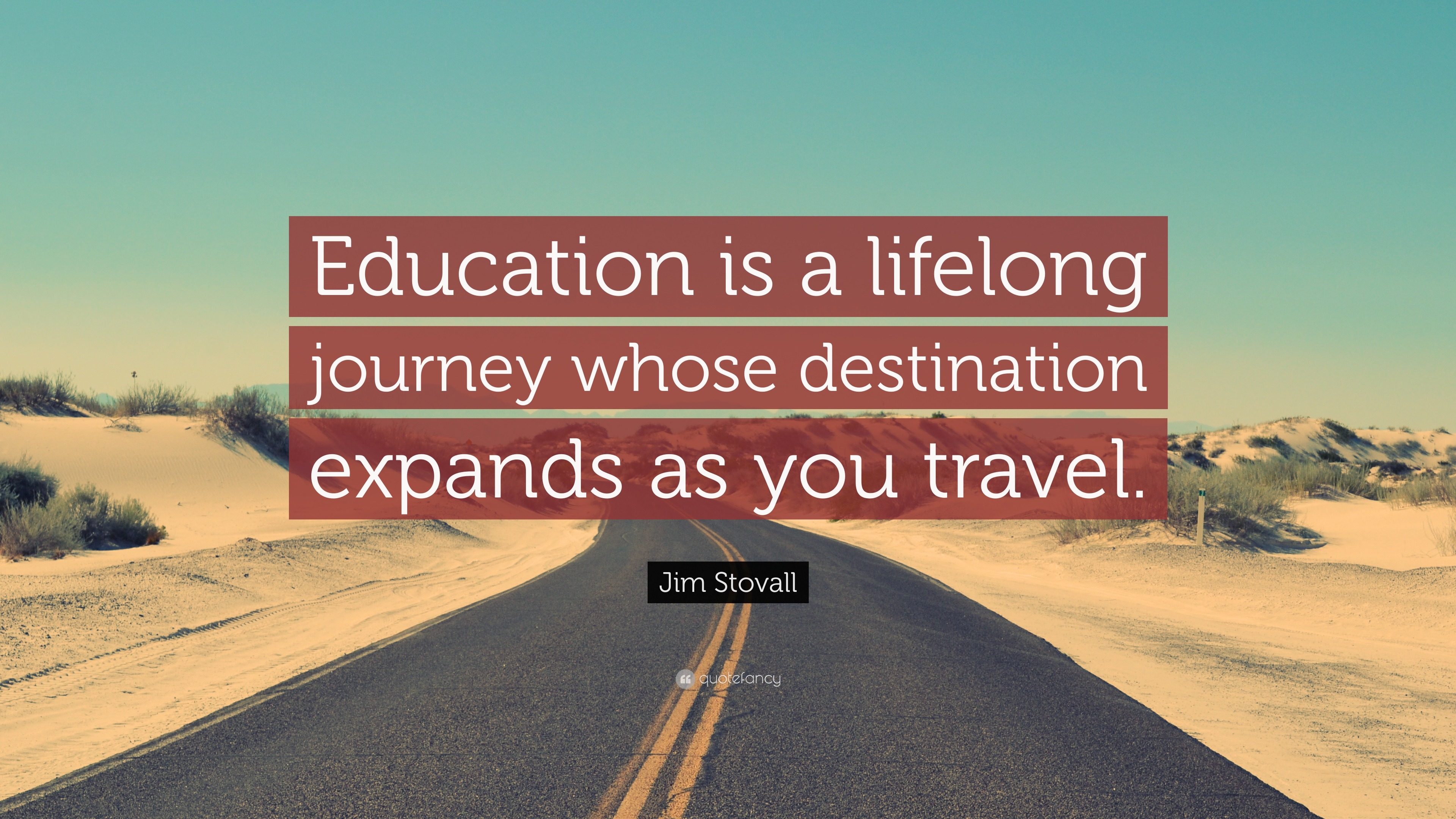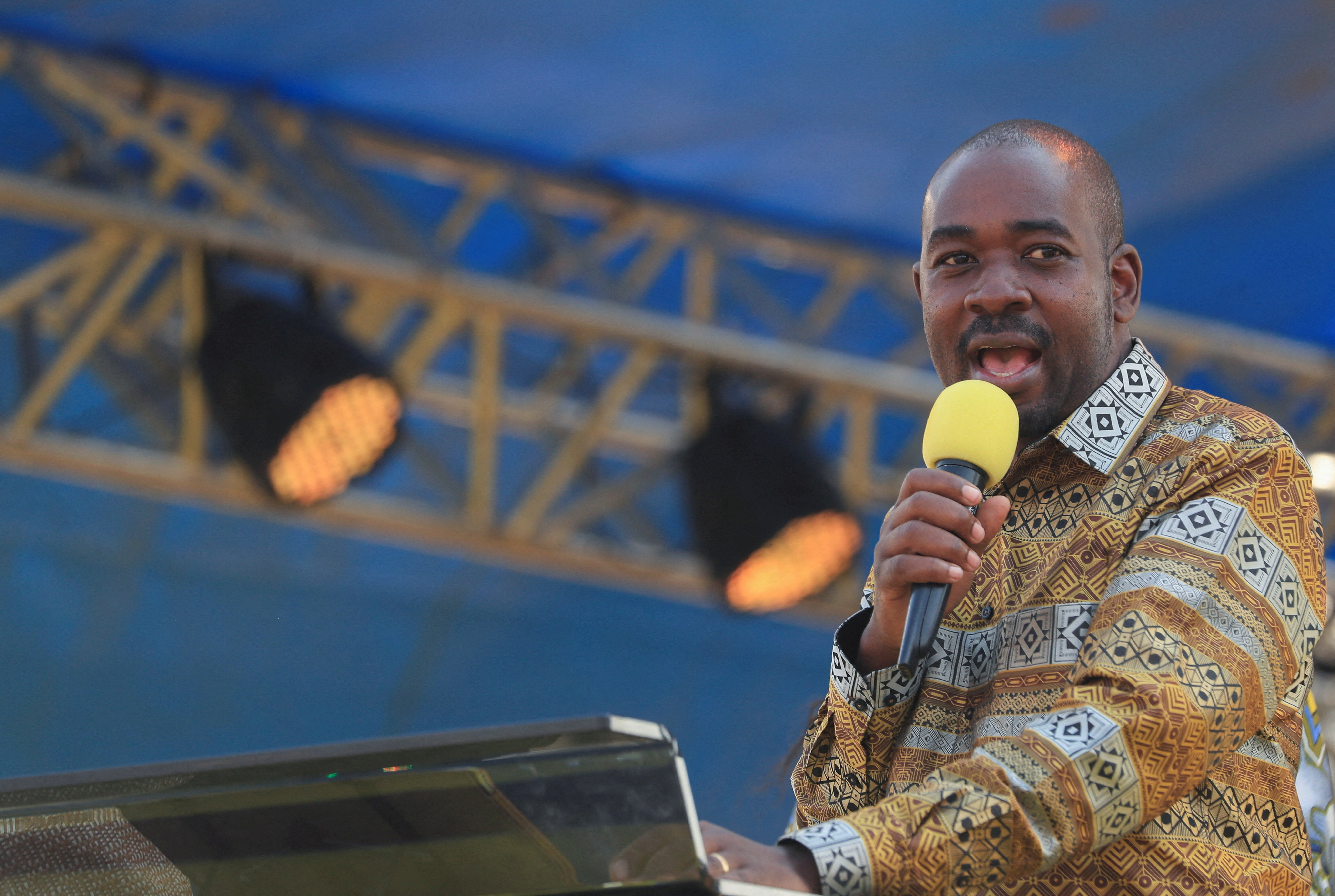By Prince Gora
They say you never truly appreciate something until you get a taste of what it should have been all along. That holds for love, for freedom, and, unexpectedly for me, for engineering as well.
My fascination with engineering began back in high school when I was introduced to the worlds of chemistry, physics, biology, and mathematics. There was something magical about understanding the mechanics of a falling object, something thrilling in the knowledge of how tiny bits of a catalyst could speed up a reaction, and something deeply awe-inspiring in knowing that a single chromosome determines a human being's sex. It felt like unlocking secrets of the universe and somewhere between a sketch and a formula, the numbers began to tell their own story. They brought clarity to chaos and made the invisible visible.
It wasn’t that I disliked other subjects. I enjoyed history, had a strange fondness for accounts, and even found geography exciting now and then. I’ve always been an all-rounder. I still play football. I still binge-watch lectures on politics, like Professor Ian Shapiro’s series on power and politics in today's world, and I’m currently deep into Yale’s financial literacy series. But from early on, I knew engineering was where all the threads met. Medicine never quite appealed. I liked biology, but I never had the stomach for blood. I wanted the mix. Physics. Chemistry. Maths. Logic. Systems. It just made sense that way.
So when I was accepted at the Harare Institute of Technology (HIT), it felt like my intellectual passions were finally coming home. And to some extent, they did. In the beginning, I was genuinely inspired. The coursework was stimulating and the intellectual pace electric. But soon, the cracks began to show. Resources were scarce. Equipment outdated. Internet access? Intermittent at best.
Then came the third year; the industrial attachment phase. This was supposed to be the bridge to the real world and I had long looked forward to it. But opportunities were few and I ended up working at what in Zimbabwe we call a "Museyamwa" company: a name, a desk, basic processes of some chemical production but little else. The real heartbreak came with the realization that this wasn't an exception, it was the norm. And the prospects after graduation looked no brighter.

By the final year, the spark had dimmed and engineering had stopped feeling like a calling and turned into something else entirely, a hustle, a burden, a means of scraping by. Between the unstable infrastructure, the constant anxiety over fees, and a future that didn’t inspire much hope, passion had to take a backseat to survival and just getting through the semester. When fees weren’t a worry, Wi-Fi was. When Wi-Fi wasn’t a worry, equipment was. When equipment was somehow available, human support and industry exposure were in short supply. And if all that somehow worked, you were still battling corruption, burnout, and broken systems.
By then, I had become a student activist. I had to. With my worldview, it was almost inevitable that I would end up caught in the chaos of fighting with, for, and among students. We were demanding better conditions, fighting for academic freedom, and pushing for space to express ourselves.
All the while, I was also hustling to pay my own fees. I had started writing for University World News, which I loved but probably would have preferred to be an option rather than a survival necessity and was also actively involved with several NGOs, many of which had little to do with thermodynamics.
I even started to wonder if I should leave engineering altogether. Maybe go into law. Maybe politics. Or maybe journalism? It was paying my bills anyway so why not?
And I wasn’t alone. One brilliant friend who studied Electrical Engineering at HIT as well switched paths completely. Another, trained in fitting and turning at Harare Polytechnic left it all behind for political science and is now doing a master's in the social sciences. And there were and are many others walking the same paths.
Somehow, I survived. Graduated, even. But it took moving to Norway, to the University of Stavanger (UiS) to see what engineering education could look like when the system actually works for you, not against you and for me, to fall back in love with engineering.
Here, things are different. I don’t just mean the language or the weather. I mean the system. Education here is not a punishment or a privilege. It’s not a burden or a gamble. It’s a foundation. A right.
Education in Norway is free. Yes, free. And beyond that, students receive support through Lånekassen, a mix of grants and loans, to help them focus on learning, not survival. I was on a scholarship, but was struck by how even regular students never had to worry about tuition or textbook money. This is the kind of education we want, one that levels the field.
My master’s thesis here? Done entirely in one lab. Everything I needed was available or ordered quickly. No need to borrow from other departments or universities. Back in Zimbabwe, I often had to travel to other institutions just to find working equipment.
What truly stood out here for me though is the industry connection. I completed my thesis a short while ago and it pleases me that it's not going to just gather dust in an archive somewhere. It’s part of an ongoing real-world project, with a company, solving a real problem. And there are plans to continue that work. Here, research matters. It goes somewhere.
The professors here show up too. Not that they didn’t try to show up in Zimbabwe. They did; but when you’re earning three bucks an hour and constantly battling poor internet and a lack of equipment, there’s only so much you can do.
At UiS, professors mentor. They push. Job search and internships? They pitch in too. During the thesis, they do the lab work with you, read your drafts, give feedback, and help solve problems. One course that I took, Oilfield Chemistry, was taught almost entirely by industry professionals. These weren’t just lectures. They were collaborations. We worked on reports, presentations, and real deliverables. Not crammed theory. Not academic fluff.
The infrastructure helps too. The library is open 24/7. The labs are modern. The mental health services are real and accessible. The students care about the environment. And most importantly, the institution cares about its students.
Being here has shown me what education could be. What it should be. What it must be.
It must be free. It must be supported. It must be resourced. But above all, it must believe in the student. In Zimbabwe, I was fighting to survive. In Norway, I found room to thrive.
Of course, I understand that providing free education for everyone is not a simple task. It will take serious resources, serious planning, and serious time. It’s not something we’ll achieve in a year. Maybe not in five. Maybe not even ten.
But we must stop dismissing it as impossible.
In conversations with high-level officials back home, I was often made to feel like systems like this Norwegian one were out of reach. A fantasy. But I’ve lived it now. I know it’s real. I know it’s possible. And the Zimbabwean people deserve to know it too.
We need a plan. A real, phased, achievable plan. Not another empty political promise that next year everyone will learn for free. We need to map out the steps, allocate the resources, and get to work. Slowly. Steadily.
Because this isn’t just about fairness. It’s about our future. The world is moving. Fast. Digital skills. Technological infrastructure. Whoever masters the tech, masters the future. If we want a seat at that table, we need institutions that aren’t crumbling, but competing. We need labs that work, staff who care, and systems that believe in their students.
That’s why this conversation matters. That’s why this goal matters.
The education we want must stop being a dream. It must become a commitment.
A national one.
About the author.
Prince Gora is a writer, former student activist, and newly minted environmental engineer. He studied Chemical and Process Systems Engineering at the Harare Institute of Technology and recently completed his Master’s in Environmental Engineering at the University of Stavanger. A long-time contributor to the SAFRAP Newsletter, he also served briefly as assistant editor. In earlier years, he blogged frequently and contributed to outlets like University World News and local newspapers. These days, he still writes, just a little less often but always with purpose.











